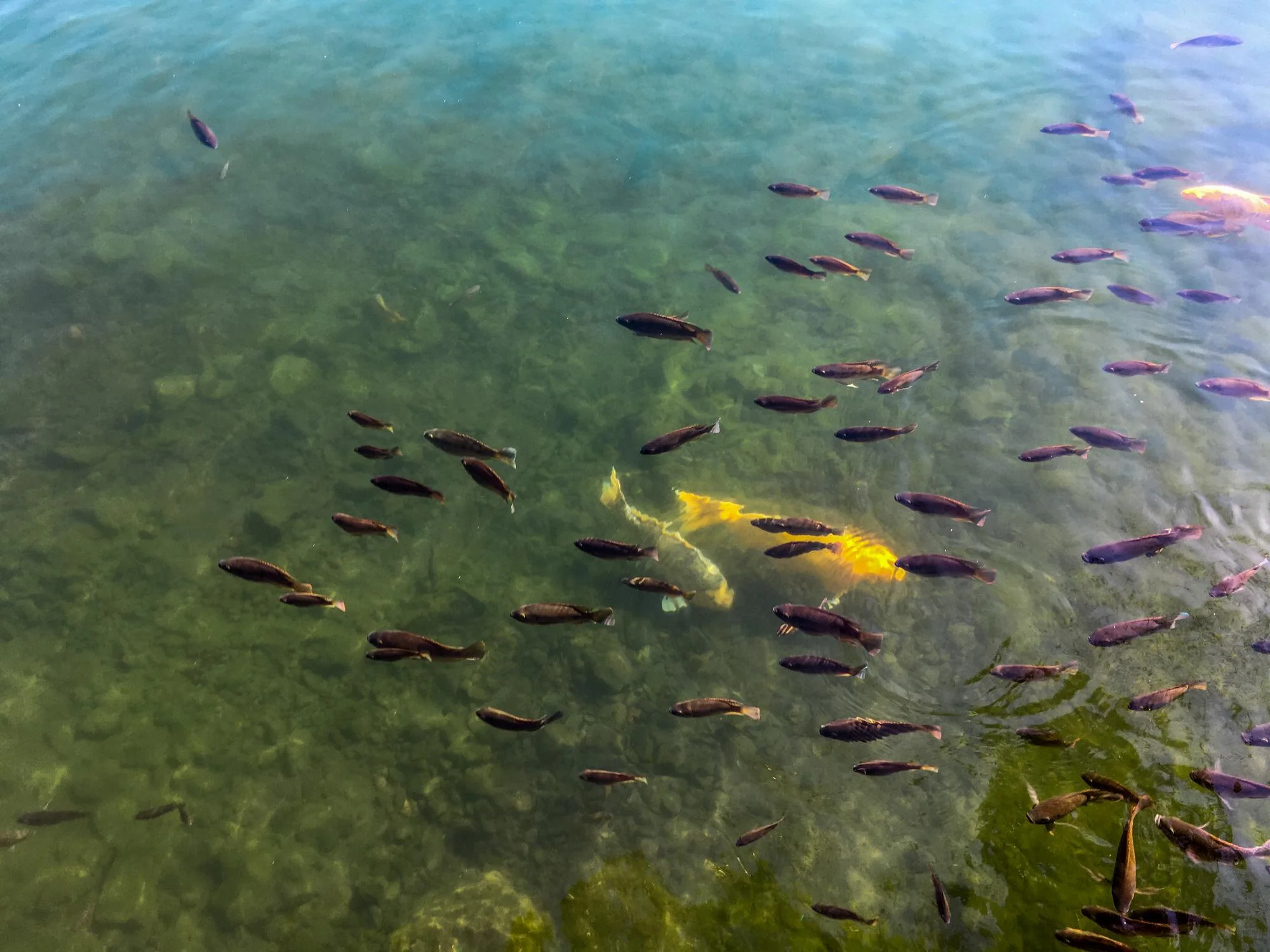Keywords
1. Large Yellow Croaker
2. RIP2 Antiviral Response
3. Aquatic Immunology
4. NF-κΒ Signaling
5. IRF Activation
Introduction
In a groundbreaking study published in Fish & Shellfish Immunology, a team of scientists has unlocked the mysteries of the antiviral defense mechanisms in the large yellow croaker (Larimichthys crocea). This monumental research not only paves the way for more resilient aquaculture but also offers insight into the complexity of immune responses in marine organisms. With implications that reverberate through the fields of virology, immunology, and fishery management, this study has grabbed the attention of experts worldwide.
Current Research on RIP2 in Large Yellow Croaker
A group of researchers, led by Zou Peng Fei at the Key Laboratory of Healthy Mariculture for the East China Sea, Ministry of Agriculture and Rural Affairs, and colleagues, have released their findings on the functional characterization of Receptor-interacting serine/threonine-protein kinase 2 (RIP2) in the large yellow croaker, an essential adaptor protein involved in host innate immune responses. This study, with its DOI: 10.1016/j.fsi.2024.109374, pushes the frontier of knowledge on aquatic animal immunology and underlines the importance of RIP2 in a fish species paramount to the aquaculture industry.
Dissecting the genome of the large yellow croaker, the researchers identified an ortholog of the mammalian RIP2 termed Lc-RIP2. Structurally, this protein consists of an open reading frame of 1695 base pairs, translating into 564 amino acids, capped by an N-terminal kinase domain and a C-terminal caspase activation and recruitment domain (CARD). These findings are instrumental in understanding how this protein functions within the innate immune system of the large yellow croaker.
The Role of Lc-RIP2 in Antiviral Responses
Subcellular localization assays have shown that Lc-RIP2 is a cytosolic protein with a widespread distribution amongst the tissues and organs of the large yellow croaker. Not only is it naturally present, but the protein can also be induced through stimuli such as poly I:C, LPS, PGN, and Pseudomonas plecoglossicida – a response that suggests its pivot role during pathogenic threats.
The article in Fish & Shellfish Immunology further illustrates the definitive action of Lc-RIP2 in vitro. When overexpressed, it is capable of prohibiting the proliferation of SVCV, a virus known to cause disease in fish. Additionally, Lc-RIP2 has been shown to significantly induce the activation of NF-κB, IRF3, IRF7, and IFN1 promoters—a suite of proteins associated with the innate immune system.
Intracellular Collaborations and Suppression Functions of Lc-RIP2
The versatility of Lc-RIP2 within the immune system’s signaling pathways is underlined by its cooperative nature with a range of proteins such as Lc-MAVS, Lc-TRAF3, and Lc-TRAF6 in activating NF-κB, as well as Lc-TRIF and Lc-IRF3 in IRF3 activation. This cooperative behavior extends to increasing the activities of Lc-TRIF, Lc-MAVS, Lc-TRAF3, and Lc-TRAF6 in mediating IRF7 activation and Lc-IRF3 in IFN1 activation.
Contrastingly, Lc-RIP2 can show suppressive actions. The luciferase assays conducted revealed an instance of such behavior; Lc-RIP2 suppresses NF-κB activation when co-expressed with Lc-TRIF. Moreover, co-immunoprecipitation assays elucidated the interactivity between Lc-RIP2 and other proteins, such as Lc-TRIF, Lc-MAVS, Lc-TRAF3, Lc-TRAF6, Lc-IRF3, and Lc-IRF7, supporting its central role in innate immunity signal regulation.
Implications for Aquatic Animal Health and Aquaculture
The findings of this study hold immense value in the field of aquaculture and marine health. By discerning the molecular frameworks through which fish like the large yellow croaker mount their immune defense, it becomes possible to develop strategies that bolster their resistance to viral infections, a persistent problem in the aquaculture industry. Advancements such as vaccines or selective breeding programs that favor fish with robust antiviral responses could emerge from this research, potentially saving billions in economic losses.
Further Research Directions
While the study provides extensive insight into the function and importance of Lc-RIP2, it also opens up avenues for additional research. Questions regarding the evolutionary conservation of Lc-RIP2, potential roles in antibacterial defense, and the exact mechanisms of action within the immune response still linger. Further studies may also explore the potential pharmacological manipulation of RIP2 signaling as a means to enhance the antiviral defense systems in marine species.
Conclusions and Future Outlook
The exploration of the large yellow croaker’s immune system and the functional characterization of Lc-RIP2 mark a significant advancement in our understanding of aquatic immunology. A deeper comprehension of these systems is vital not only for augmenting fish health and aquaculture productivity but also for shedding light on the complex interplay between host animals and pathogens. The study accentuates the potential for interdisciplinary approaches combining genetics, immunology, and fishery science to unlock new potential in the sustainable management of our marine resources.
References
1. Jiang Jing J., Li Ying Y., Li Kai Qing KQ., et al. (2024). Functional characterization of RIP2 in large yellow croaker (Larimichthys crocea), a protein involved in the host antiviral responses via NF-κB, IRF3/7 related signaling. Fish & Shellfish Immunology. doi: 10.1016/j.fsi.2024.109374.
2. Copyright © 2024. Published by Elsevier Ltd.
3. Additional references to scientific journals and/or other literature related to aquatic immunology, the innate immune system, and related research (to be included).
4. Industry reports on economic losses due to viral infections in fish and the importance of developing resistant strains or treatments for aquaculture.
5. Interdisciplinary research articles on the interaction between genetics, the immune system, and fisheries that complement the study.
In sum, the research by Zou Peng Fei and colleagues provides a promising look into the defense mechanisms of marine life, potentially shaping the future of fish health, aquaculture industries, and the understanding of innate immunity across the animal kingdom.
